Jonathan Dumas
Deep Generative Methods for Producing Forecast Trajectories in Power Systems
Sep 26, 2023Abstract:With the expansion of renewables in the electricity mix, power grid variability will increase, hence a need to robustify the system to guarantee its security. Therefore, Transport System Operators (TSOs) must conduct analyses to simulate the future functioning of power systems. Then, these simulations are used as inputs in decision-making processes. In this context, we investigate using deep learning models to generate energy production and load forecast trajectories. To capture the spatiotemporal correlations in these multivariate time series, we adapt autoregressive networks and normalizing flows, demonstrating their effectiveness against the current copula-based statistical approach. We conduct extensive experiments on the French TSO RTE wind forecast data and compare the different models with \textit{ad hoc} evaluation metrics for time series generation.
Denoising diffusion probabilistic models for probabilistic energy forecasting
Dec 19, 2022Abstract:Scenario-based probabilistic forecasts have become a vital tool to equip decision-makers to address the uncertain nature of renewable energies. To that end, this paper presents a recent promising deep learning generative approach called denoising diffusion probabilistic models. It is a class of latent variable models which have recently demonstrated impressive results in the computer vision community. However, to the best of our knowledge, there has yet to be a demonstration that they can generate high-quality samples of load, PV, or wind power time series, crucial elements to face the new challenges in power systems applications. Thus, we propose the first implementation of this model for energy forecasting using the open data of the Global Energy Forecasting Competition 2014. The results demonstrate this approach is competitive with other state-of-the-art deep learning generative models, including generative adversarial networks, variational autoencoders, and normalizing flows.
Weather-based forecasting of energy generation, consumption and price for electrical microgrids management
Jul 01, 2021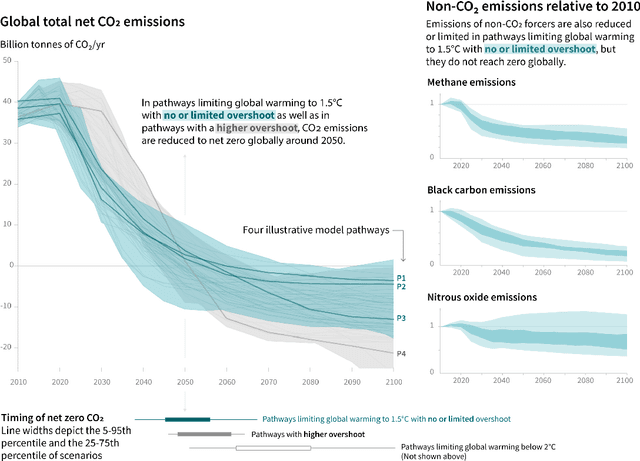
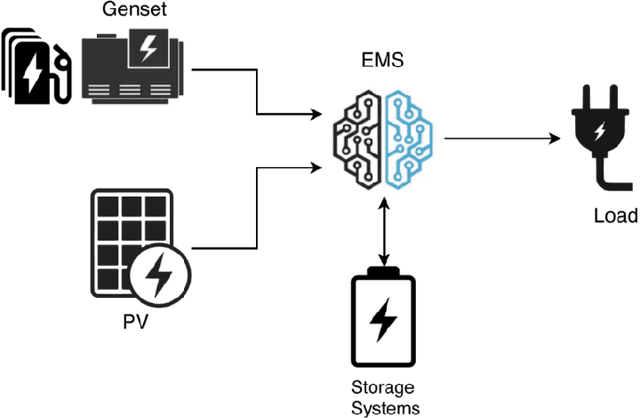
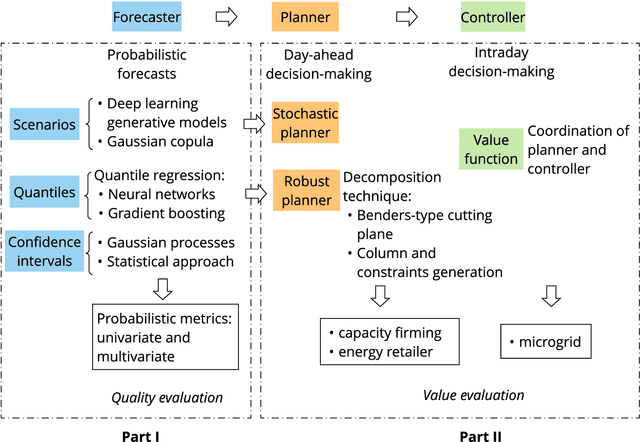
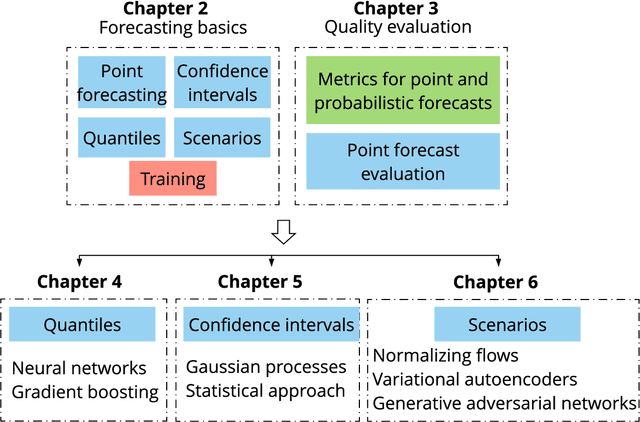
Abstract:The Intergovernmental Panel on Climate Change proposes different mitigation strategies to achieve the net emissions reductions that would be required to follow a pathway that limits global warming to 1.5{\deg}C with no or limited overshoot. The transition towards a carbon-free society goes through an inevitable increase of the share of renewable generation in the energy mix and a drastic decrease in terms of the total consumption of fossil fuels. Therefore, this thesis studies the integration of renewables in power systems by investigating forecasting and decision-making tools. Indeed, in contrast to conventional power plants, renewable energy is subject to uncertainty. Most of the generation technologies based on renewable sources are non-dispatchable, and their production is stochastic and hard to predict in advance. A high share of renewables is a great challenge for power systems that have been designed and sized for dispatchable units. In this context, probabilistic forecasts, which aim at modeling the distribution of all possible future realizations, have become an important tool to equip decision-makers, hopefully leading to better decisions in energy applications. This thesis focus on two main research questions: (1) How to produce reliable probabilistic forecasts of renewable generation, consumption, and electricity prices? (2) How to make decisions with uncertainty using probabilistic forecasts? The thesis perimeter is the energy management of "small" systems such as microgrids at a residential scale on a day-ahead basis. It is divided into two main parts to propose directions to address both research questions (1) a forecasting part; (2) a planning and control part.
Deep generative modeling for probabilistic forecasting in power systems
Jun 30, 2021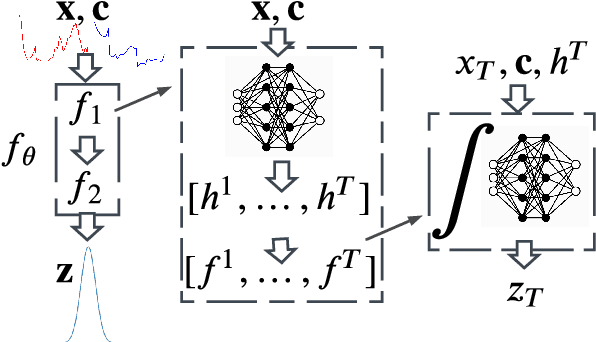
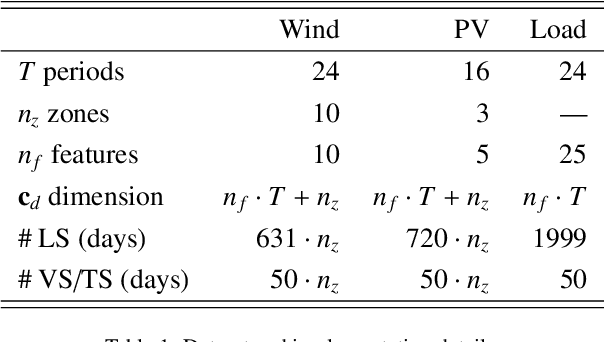
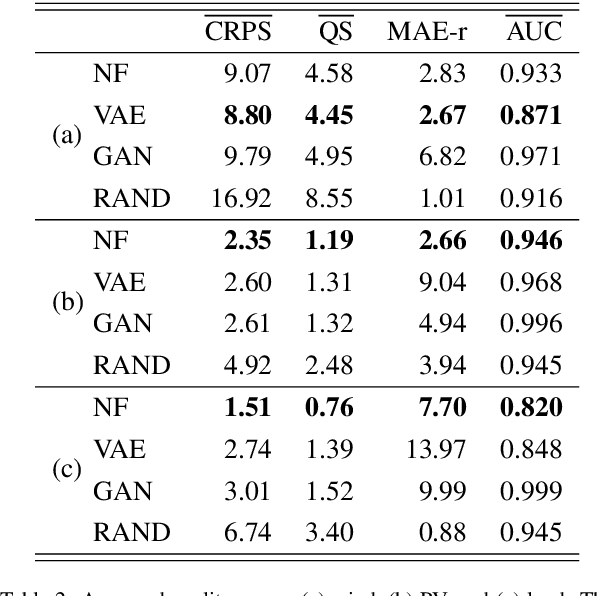

Abstract:Greater direct electrification of end-use sectors with a higher share of renewables is one of the pillars to power a carbon-neutral society by 2050. This study uses a recent deep learning technique, the normalizing flows, to produce accurate probabilistic forecasts that are crucial for decision-makers to face the new challenges in power systems applications. Through comprehensive empirical evaluations using the open data of the Global Energy Forecasting Competition 2014, we demonstrate that our methodology is competitive with other state-of-the-art deep learning generative models: generative adversarial networks and variational autoencoders. The models producing weather-based wind, solar power, and load scenarios are properly compared both in terms of forecast value, by considering the case study of an energy retailer, and quality using several complementary metrics.
A Probabilistic Forecast-Driven Strategy for a Risk-Aware Participation in the Capacity Firming Market
Jun 21, 2021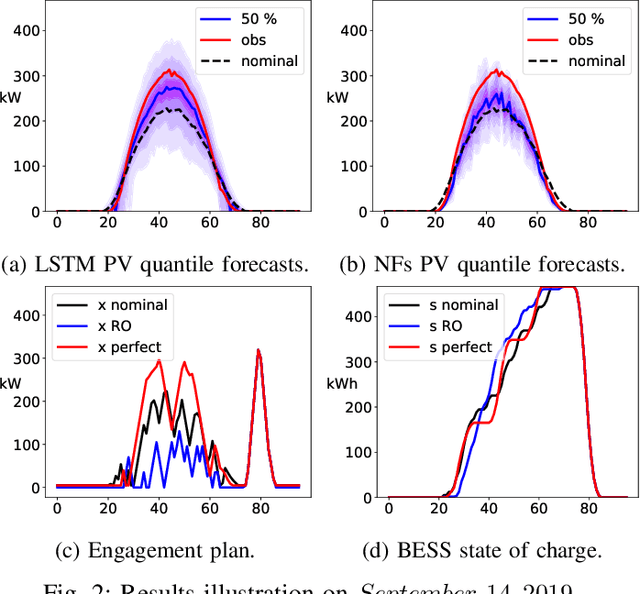
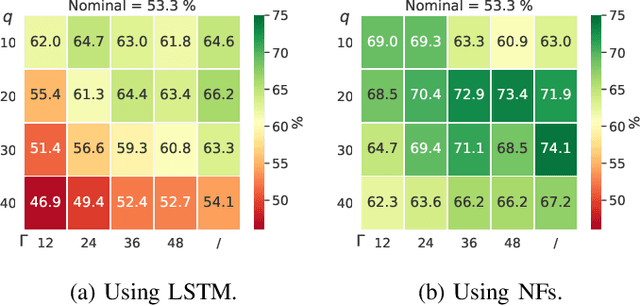
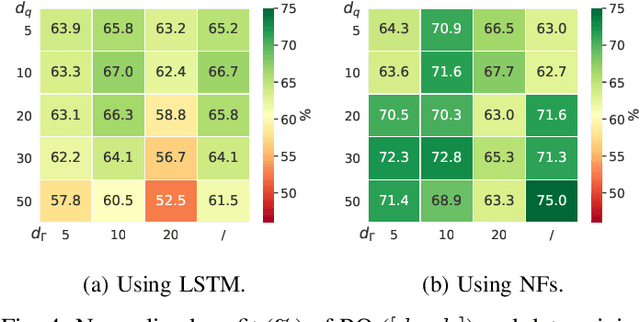
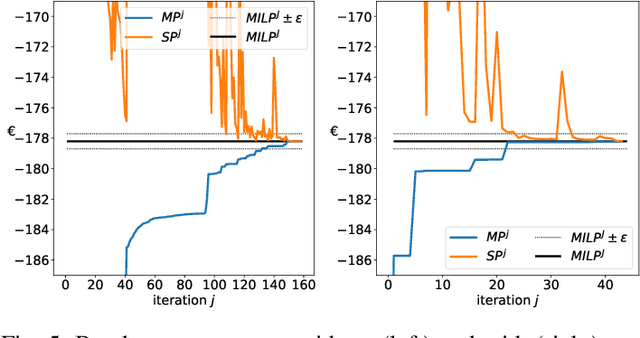
Abstract:The core contribution is to propose a probabilistic forecast-driven strategy, modeled as a min-max-min robust optimization problem with recourse, and solved using a Benders-dual cutting plane algorithm in a tractable manner. The convergence is improved by building an initial set of cuts. In addition, a dynamic risk-averse parameters selection strategy based on the quantile forecasts distribution is proposed. A secondary contribution is to use a recently developed deep learning model known as normalizing flows to generate quantile forecasts of renewable generation for the robust optimization problem. This technique provides a general mechanism for defining expressive probability distributions, only requiring the specification of a base distribution and a series of bijective transformations. Overall, the robust approach improves the results over a deterministic approach with nominal point forecasts by finding a trade-off between conservative and risk-seeking policies. The case study uses the photovoltaic generation monitored on-site at the University of Li\`ege (ULi\`ege), Belgium.
Probabilistic Forecasting of Imbalance Prices in the Belgian Context
Jun 09, 2021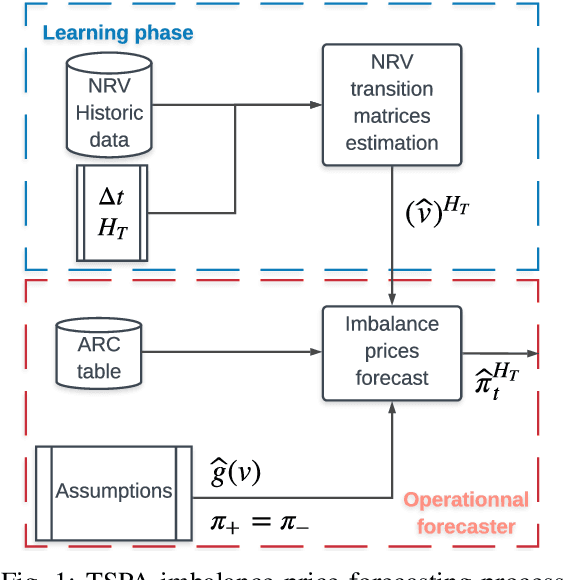
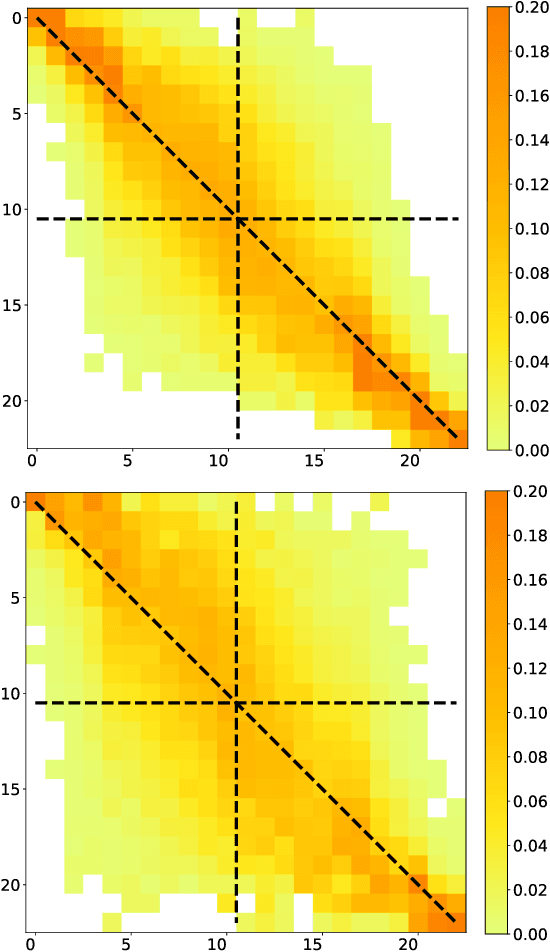


Abstract:Forecasting imbalance prices is essential for strategic participation in the short-term energy markets. A novel two-step probabilistic approach is proposed, with a particular focus on the Belgian case. The first step consists of computing the net regulation volume state transition probabilities. It is modeled as a matrix computed using historical data. This matrix is then used to infer the imbalance prices since the net regulation volume can be related to the level of reserves activated and the corresponding marginal prices for each activation level are published by the Belgian Transmission System Operator one day before electricity delivery. This approach is compared to a deterministic model, a multi-layer perceptron, and a widely used probabilistic technique, Gaussian Processes.
Deep learning-based multi-output quantile forecasting of PV generation
Jun 07, 2021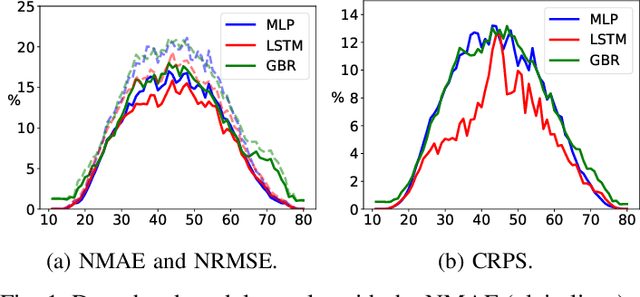

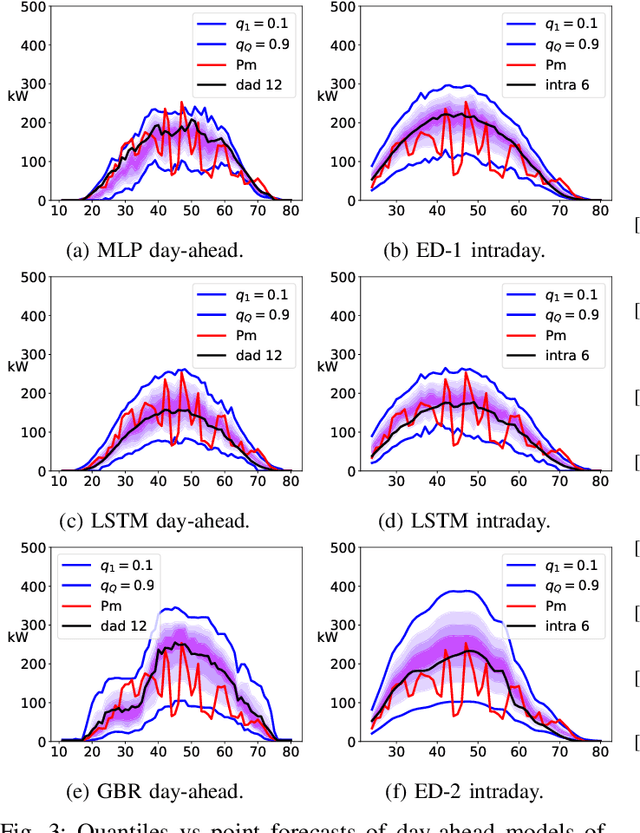
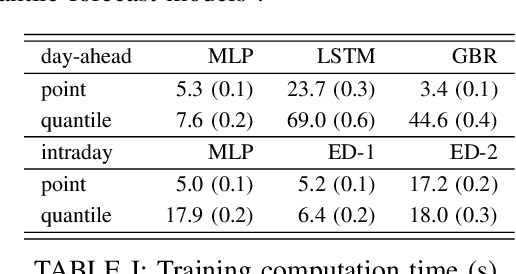
Abstract:This paper develops probabilistic PV forecasters by taking advantage of recent breakthroughs in deep learning. It tailored forecasting tool, named encoder-decoder, is implemented to compute intraday multi-output PV quantiles forecasts to efficiently capture the time correlation. The models are trained using quantile regression, a non-parametric approach that assumes no prior knowledge of the probabilistic forecasting distribution. The case study is composed of PV production monitored on-site at the University of Li\`ege (ULi\`ege), Belgium. The weather forecasts from the regional climate model provided by the Laboratory of Climatology are used as inputs of the deep learning models. The forecast quality is quantitatively assessed by the continuous ranked probability and interval scores. The results indicate this architecture improves the forecast quality and is computationally efficient to be incorporated in an intraday decision-making tool for robust optimization.
Classification of load forecasting studies by forecasting problem to select load forecasting techniques and methodologies
Dec 21, 2018



Abstract:This article proposes a two-dimensional classification methodology to select the relevant forecasting tools developed by the scientific community based on a classification of load forecasting studies. The inputs of the classifier are the articles of the literature and the outputs are articles classified into categories. The classification process relies on two couple of parameters that defines a forecasting problem. The temporal couple is the forecasting horizon and the forecasting resolution. The system couple is the system size and the load resolution. Each article is classified with key information about the dataset used and the forecasting tools implemented: the forecasting techniques (probabilistic or deterministic) and methodologies, the cleansing data techniques and the error metrics. This process is illustrated by reviewing and classifying thirty-four articles.
 Add to Chrome
Add to Chrome Add to Firefox
Add to Firefox Add to Edge
Add to Edge